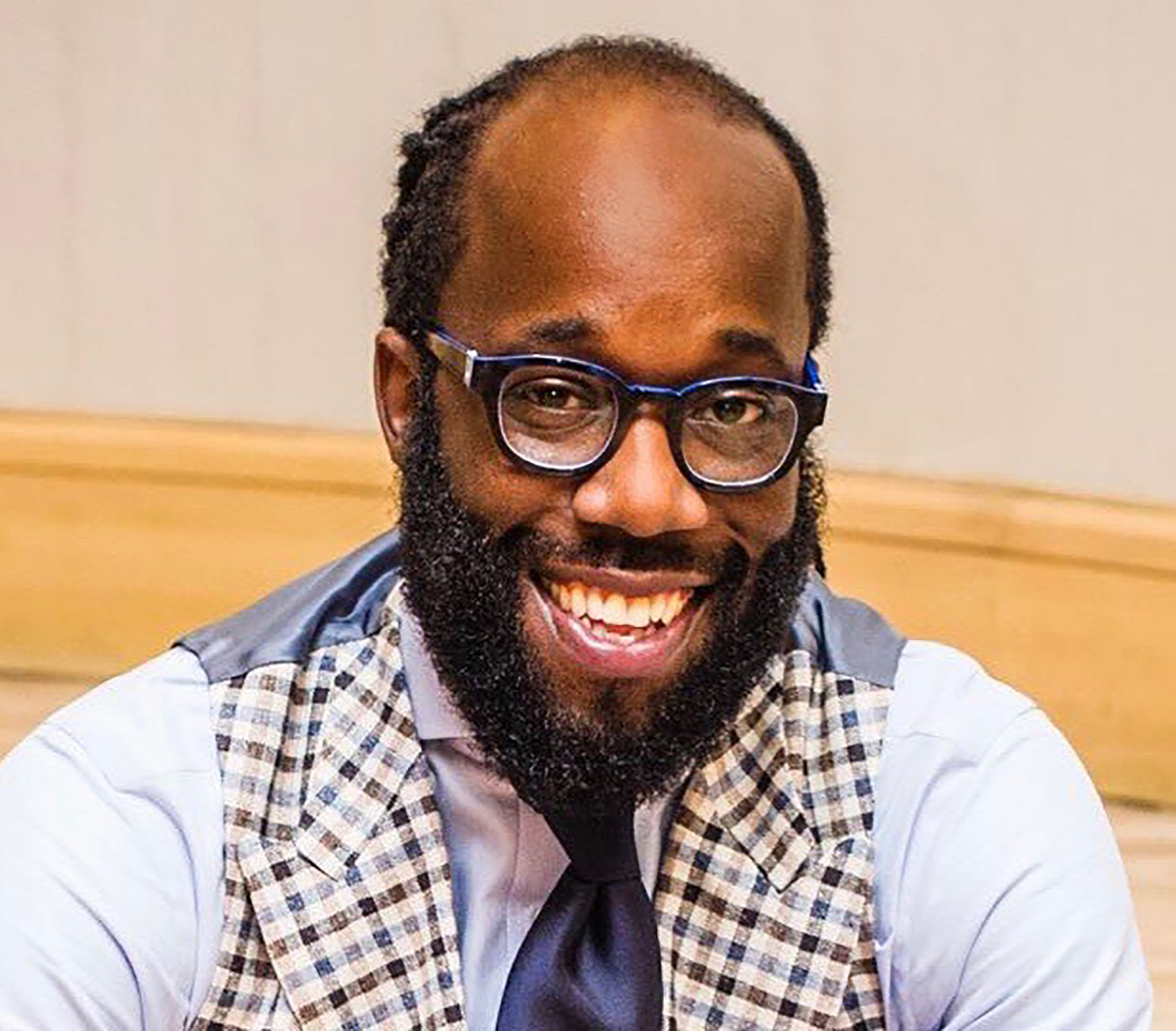Q&A with the Author
- What made you decide to write this book?
- What was the hardest part of writing it, and what was the easiest?
- What is one important lesson or message you hope readers take away from the book?
- Are there any other books that greatly influenced your writing process and/or your research?
- What led you to your specific area of study (the subject of your book)?
- Tell us one fascinating thing about the topic.
- Are there any common misconceptions about the topic?
- What advances do you hope we will see in the next 10 years?
- What made you decide to go into the field of mental health?
- When you are not working, what do you do for fun?
- What is your all-time favorite book?
- Is there a project that you are excited to work on next? (A presentation, a workshop, writing another book, etc.)
Tell us more about your latest book!
What made you decide to write this book?
I took this on (along with Dennis Greenberger, who wrote the chapter on group therapy) at the urging of colleagues who said there was a real need for a detailed, practical clinician’s guide for how to follow best practices in CBT as well as how to use Mind Over Mood in therapy. I was a bit reluctant at first because I knew this new book—The Clinician's Guide to CBT Using Mind Over Mood, Second Edition—would take up most of my time for a year or so (it ended up being nearly a full-time task for two years).
What was the hardest part of writing it, and what was the easiest?
The hardest part was setting aside the time. Once I started, I became mentally absorbed. I’m not always an easy person to live with when I’m writing because my mind is always working out ideas for how to solve the various dilemmas that arise when trying to figure out the best ways to convey ideas. The easiest part was writing detailed therapist-client dialogues. After 40 years of teaching and practicing CBT I know the common wrinkles and difficulties that arise in doing the hardest as well as the “simplest” things in therapy. I wanted to capture real therapy interchanges and demonstrate how therapists can handle setbacks and ruptures with compassion and humanity. Client voices popped into my head when writing those sections.
What is one important lesson or message you hope readers take away from the book?
That the second edition of Mind Over Mood (MOM2) is a highly sophisticated client workbook once therapists learn its best uses and how to “color outside the box” to match its use to an individual client’s needs. The more skilled and advanced therapists are, the more adeptly they can use MOM2 to deepen client learning. At the same time, MOM2 can help therapists new to CBT stay on track and effectively carry out quite complex therapy tasks.
Are there any other books that greatly influenced your writing process and/or your research?
Mind Over Mood, of course. I was also influenced by a number of CBT texts that I think really poorly demonstrate CBT. It frustrates me when people in our field publish books that make CBT look mechanistic and formulaic rather than presenting it as a sophisticated and complete form of psychotherapy. I know CBT can be practiced in ways that make it one of the most flexible and effective forms of psychotherapy ever developed. So I was committed to writing a book that conveys my vision of CBT as excellent psychotherapy.
We are interested in learning more about your expertise.
What led you to your specific area of study (the subject of your book)?
I’ve been teaching CBT for 40 years now. I love teaching, even topics I’ve taught hundreds of times, because it is fun to figure out engaging ways to make core topics become fresh and interesting. I wanted to write a book that would have excited me as a graduate student and served as “the” guide to help me as I became a better therapist. I wanted to write a book that I would want to use as a text book for teaching a CBT course. At the same time, I teach and consult with advanced CBT therapists and wanted to write a book that would surprise them and teach things they never knew about CBT. I took it as a challenge to create a framework that could simultaneously help both novice and expert CBT therapists deepen their understanding of psychotherapy and collaborative work with diverse clients.
Tell us one fascinating thing about the topic.
CBT therapists limit their effectiveness when they don’t deliver a full dose of CBT interventions, don’t use the best available interventions, or employ interventions at the wrong times. Therefore, I did my best to: (1) illustrate all the steps of core CBT methods (e.g., behavioral experiments, Socratic dialogue, imagery methods) in enough detail to help therapists learn their best practices, (2) emphasize when and when not to use common CBT interventions (e.g., thought records, core belief worksheets), and (3) cite evidence to show that some interventions can actually lead to poorer therapy outcomes even though they “seem right” (e.g., teaching relaxation early in the treatment of many anxiety disorders).
Are there any common misconceptions about the topic?
Therapists who used the first edition of Mind Over Mood and never viewed the second edition often have no idea that MOM2 is a completely rewritten book. It was expanded to incorporate acceptance, mindfulness, and positive psychology methods like gratitude and kindness. It includes reading guides that recommend the best chapter reading order for particular mood(s). These reading guides help readers and therapists pinpoint more quickly the skills to learn and practice that are most likely to be effective for a given mood. And we added more than 25 new worksheets that weren’t in the first edition. All 60 worksheets are available to purchasers as PDF downloads so people can have these available on the go in their phones or tablets.
What advances do you hope we will see in the next 10 years?
While CBT therapists try to be evidence based, it’s challenging to keep up to date on the evidence and make sure your therapy sessions are as effective as possible. I hope the next 10 years bring therapists strategies and tools to help them follow evidence-based practices with less effort. The Clinician’s Guide to CBT Using Mind Over Mood is a step in that direction. We’ve organized this book so therapists can quickly find relevant ideas in the minutes between therapy sessions to help them focus their attention in that session on the most important things. For example, in the 5 minutes before a session, a therapist can review a few guiding principles that relate to that session’s goals or to a particular therapy dilemma, such as a client who blames other people for all their difficulties. Using the more detailed Table of Contents provided and thumb tabs inked on page edges to mark each chapter, therapists can quickly access relevant sections. For example, you can turn to pages that demonstrate ways to debrief learning assignments that don’t go as you and your clients hoped. Tips and reminders like these can increase the potency of therapy sessions.
What made you decide to go into the field of mental health?
I ended up here by accident. I was a science major at Yale and took a psychology course in my junior year to fulfill breadth requirements in the social sciences. I loved the course and was amazed there was actually a field of study that focused on understanding people. In the beginning, I didn’t really envision myself as a therapist, because I didn’t know much about what therapy even was. I just wanted to keep taking such interesting classes.
Now a little bit about you…
When you are not working, what do you do for fun?
I love to walk and spend time with my spouse and friends. Travel has always been a great pleasure. In recent years I’m trying to reduce my carbon footprint whenever possible by driving in an electric car rather than flying. We completed a 7,770 mile trip around North America in our Tesla doing impromptu Pop Up CBT events after I finished writing this book (see www.popupcbt.com). I belong to a film club and love live theatre and music concerts as well. I’m an avid reader and a Green Bay Packers fan.
What is your all-time favorite book?
I find new favorites every year. My favorite genre is either a fictional or nonfictional account of someone’s life, especially someone in a different time or culture than my own. Three favorite books I’ve read in the past few years that accomplished this beautifully were Just Kids, a memoir by Patti Smith; A Fort of Nine Towers, a memoir by Qais Akbar Omar; and March, a novel by Geraldine Brooks that vividly portrays the life of one man during the Civil War (the absent father of Little Women). Each of these books touched me deeply and I find myself thinking about them regularly.
Is there a project that you are excited to work on next? (A presentation, a workshop, writing another book, etc.)
Oh, Yes! I’m in the final year of working on a book with Helen Kennerley at Oxford University on Socratic methods and guided discovery in psychotherapy. Kathleen Mooney and I are beginning to plan our next drive to offer Pop Up CBT training (www.popupcbt.com). We’re also planning to make a number of short videos to demonstrate some of the CBT interventions we’ve innovated or introduced into CBT, including our Strengths-Based CBT methods. And I plan to offer a free webinar this summer for instructors who are considering use of The Clinician’s Guide to CBT Using Mind Over Mood as a textbook in their CBT courses.
See all titles by and read more about Christine A. Padesky on her author page!













